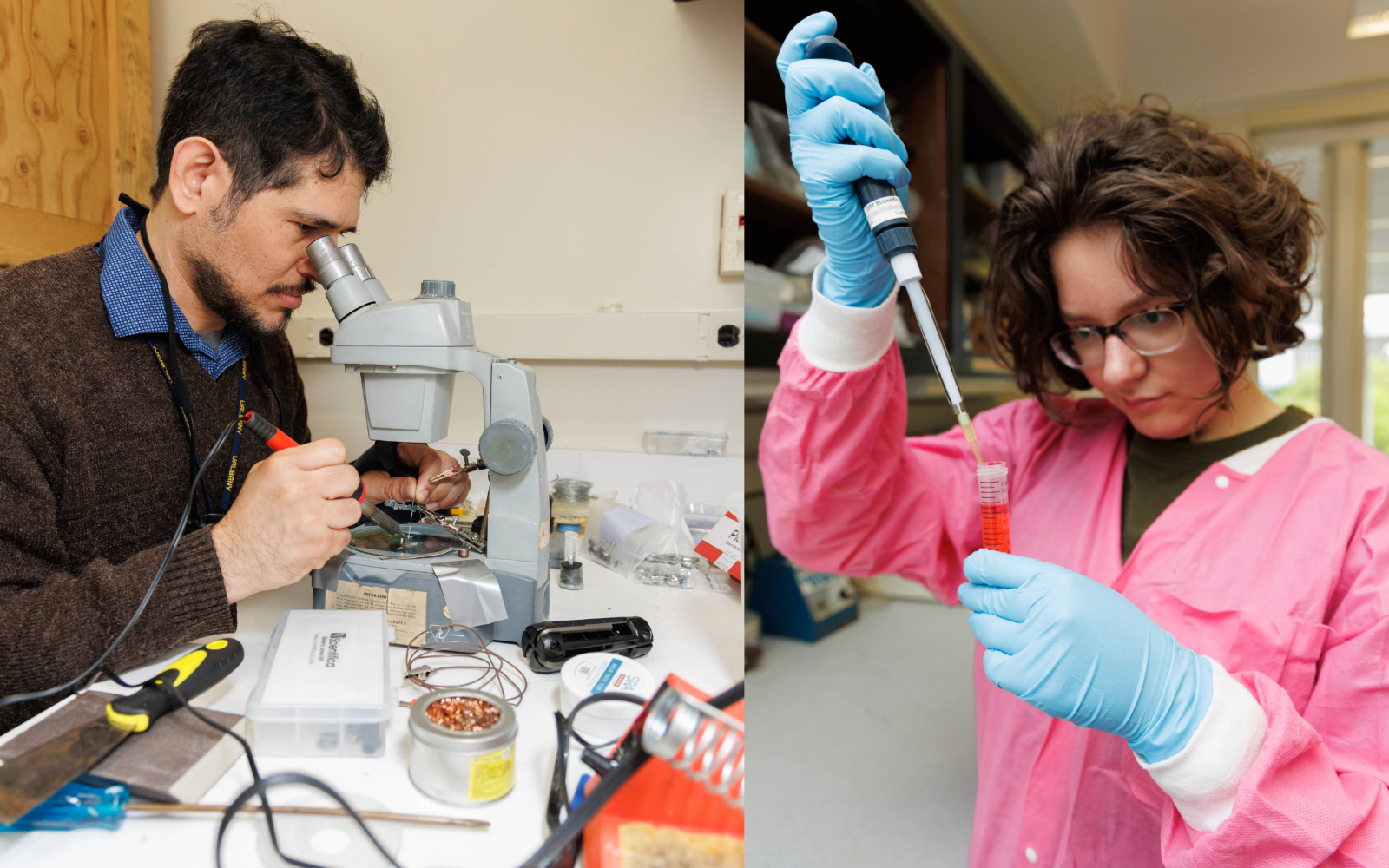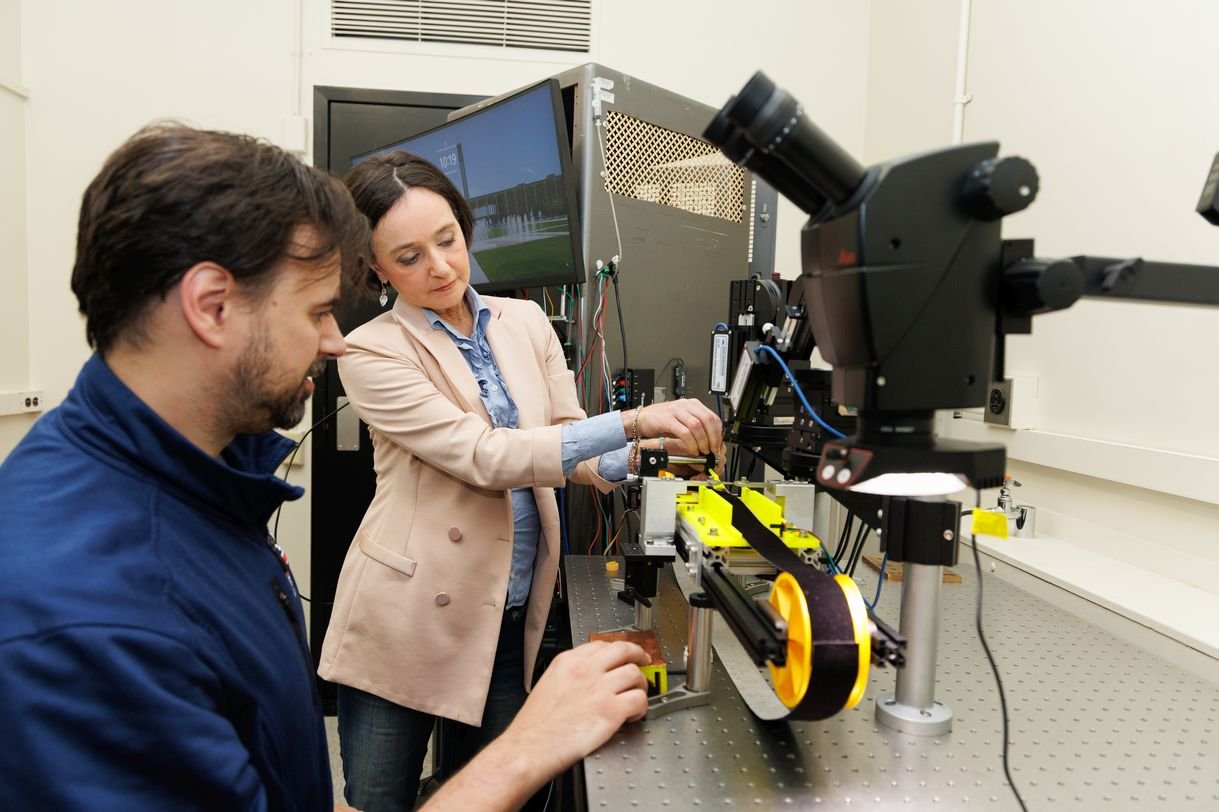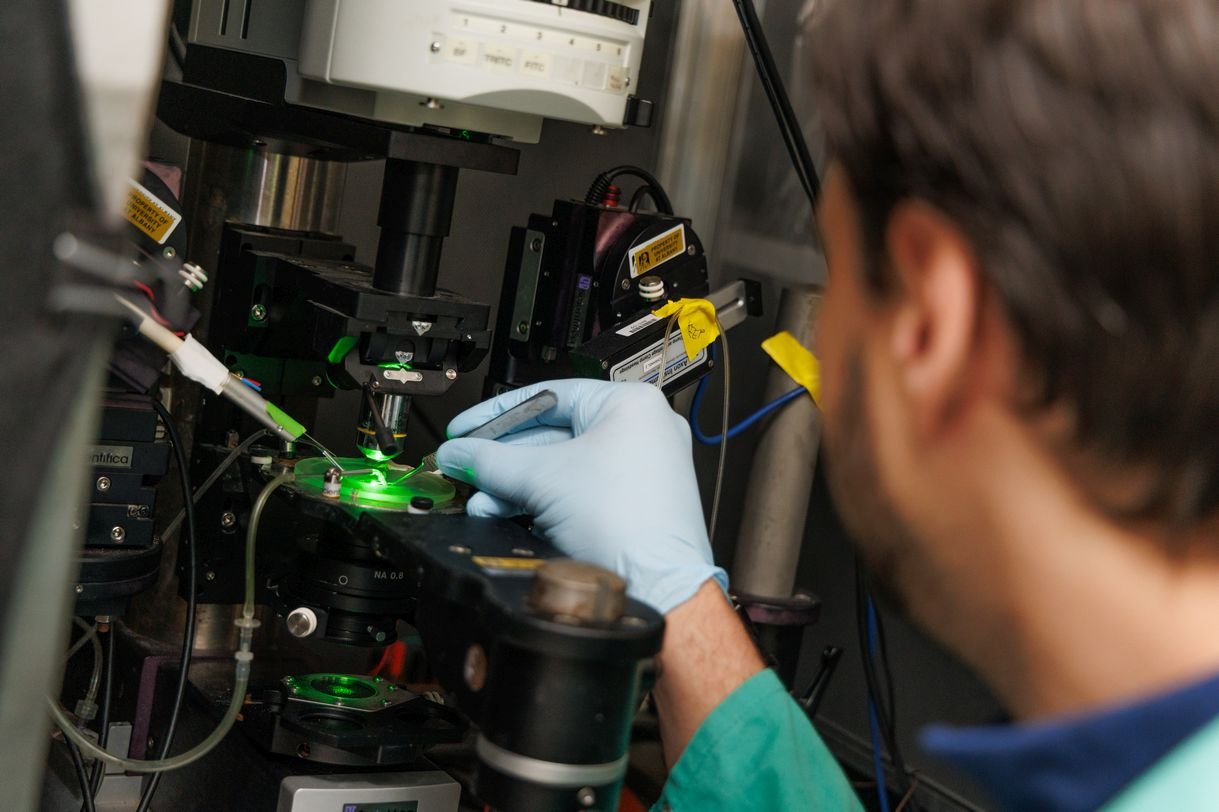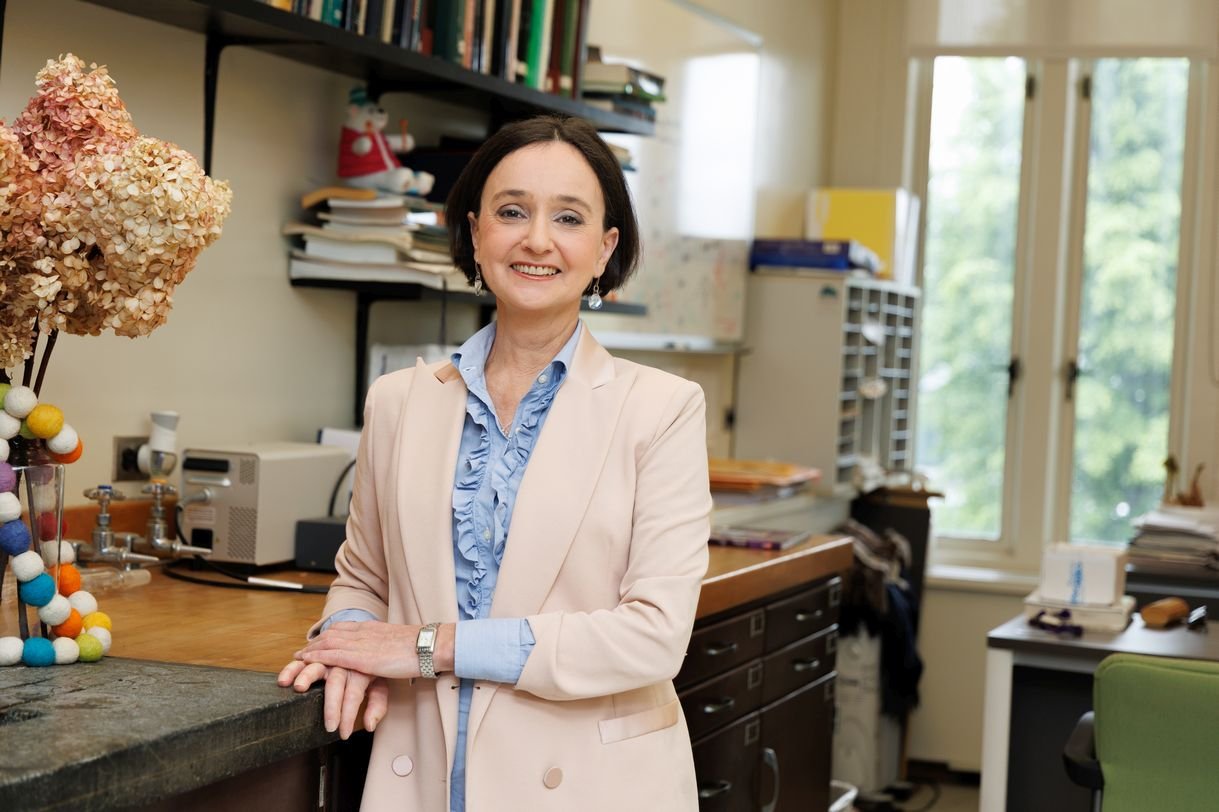Scimemi Lab Explores Early Alzheimer’s Progression, how our Internal Clock Affects Learning and Memory

By Erin Frick
ALBANY, N.Y. (June 11, 2025) — Associate Professor Annalisa Scimemi works at the intersection of neuroscience and public health. By uniting an international team of scientists from biology, computer science, neuroscience and engineering, Scimemi is working to understand how shifts in brain activity — driven by disease or time of day — shape the way our brains work and how we behave.
“Broadly, my lab is exploring different types of brain cells and brain regions to better understand their individual functions and how they work together to shape cognition,” Scimemi said. “To do that, we must understand their language — just like when we visit another country, we need to understand the local language to make sure we can have a productive conversation. Studying communication pathways in the brain and identifying the particular roles of neurotransmitters is how we are learning the brain’s language.”
Housed in the Department of Biological Sciences, Scimemi’s team focuses on two major research areas: early Alzheimer’s disease progression and the effect of circadian rhythms on learning and memory. By examining the electrical activity of brain cells at the cellular and circuit level, Scimemi’s group is searching for the earliest signs of neurodegeneration and exploring how the brain’s internal clock shapes cognitive performance.

Detecting Alzheimer’s Disease Early
“Today, there are more than 7 million people affected by Alzheimer’s in the United States alone,” Scimemi said. “We expect those numbers to grow significantly in the next 25 years. This disease has an unforgiving evolution, and while drugs can help slow its progression, there is no cure.”
Alzheimer’s disease is typically diagnosed after memory deficits appear, when damage has already spread throughout the brain. Scimemi’s approach aims to support tools for earlier diagnosis, focusing on a period of brain hyperactivity that precedes cognitive decline.
“Right before the late stages of Alzheimer’s disease set in, the brain becomes hyperactive,” Scimemi said. “This hyperactivity can manifest as repetitive or obsessive behaviors, as well as increased susceptibility to seizures. We know these patterns exist in people, and our studies have shown similar behaviors in mice. What we are now trying to see is if this brain activity can be detected through electrical signals.”
To study this, Scimemi’s team uses genetically engineered mouse models to express proteins associated with Alzheimer’s disease. In some experiments, they remove and preserve samples of brain tissue, keeping them functional for six to eight hours to study live neuron behavior in a controlled setting. This allows them to directly compare how brain activity differs between healthy mice and those with Alzheimer’s-related changes, and potentially detect early-stage electrical activity patterns that could someday translate to human diagnostics.
“The best diagnostic tool should be noninvasive,” Scimemi said. “By working to identify brain signals that we can pick up without surgery, our findings could inform the development of an affordable and accessible screening test for Alzheimer’s. Ideally, this would be as easy as a routine eye exam or blood pressure check, which could alert patients and doctors to subtle changes in brain function before significant damage occurs.”
Circadian Rhythms and Learning
Scimemi’s team is also studying how circadian rhythms — the body’s internal 24-hour clock — influence our ability to learn and remember. Unlike many studies of circadian rhythms, which focus on the hypothalamus and hormones that regulate wakefulness, Scimemi’s team is investigating the hippocampus, a brain region responsible for learning and memory. Their findings suggest that the time of day can significantly affect how well we absorb new information, and this pattern is biologically hardwired.
“We are a different person at different times of the day,” Scimemi said. “What we’re trying to determine now is whether that’s just expressed in different behaviors, or if it also affects our abilities to encode and retrieve information.
“We found that in a mouse, the best time for learning happens in the middle of the light phase, when mice are naturally less active and their brains appear best equipped to absorb new information,” she said. “But there doesn’t appear to be any circadian rhythmicity in remembering. Once knowledge is encoded, it can be retrieved at any time of day.”
This makes evolutionary sense. While there may be optimal windows for learning new information, we must be able to recall memories that help us recognize danger or navigate familiar terrain regardless of time.
“Circadian rhythms are known to be disrupted in Alzheimer’s disease, but the nature of this relationship remains unclear,” Scimemi said. “This line of research lays the groundwork for investigating whether altered circadian activity contributes to cognitive decline in Alzheimer’s, or whether the disease itself leads to disruptions in circadian rhythms. In other words, does the disruption in circadian rhythms drive the progression of Alzheimer’s, or is it a consequence of the disease? This 'chicken-and-egg' question will be a focus in our lab in the coming years.”









